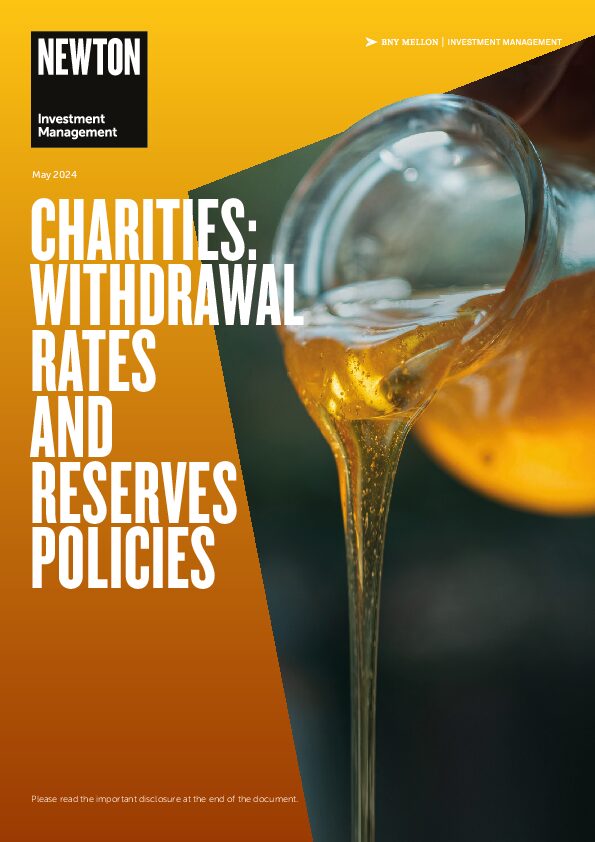Charity trustees need a framework to arrive at a spending or withdrawals policy for their endowment. While a single paper cannot provide all the answers on this topic, we hope that our analysis proves useful in guiding trustees through their thought process.
In this paper
-
-
We believe that a robust reserves and withdrawal policy is an essential tool for communicating with charity stakeholders, such as donors, and that it should be reviewed regularly in light of changing economic conditions.
We have worked with a number of our charity clients to help ensure that trustees have the critical information they need to navigate difficult financial decisions, in particular in relation to their long-term withdrawal rate.
In this paper, we seek to guide trustees as to how they might think about some of the factors in their decision-making, including whether a total-return approach could be suitable.
Background
2024 looks set to be the third year of a new market regime – one that remains volatile and difficult to predict, with stubborn inflation (albeit lower than in 2023) and fears of economic slowdown. These factors are likely to have a major bearing on market behaviour, alongside changing interest-rate trends and geopolitics.
Against this backdrop, charities have been faced with several additional challenges. The easing of government support following the pandemic, soaring inflation leading to increased costs, and a cost-of-living crisis resulting in higher demand, have forced many charities to reconsider their reserves and spending policies.
Your capital may be at risk. The value of investments and the income from them can fall as well as rise and investors may not get back the original amount invested.

